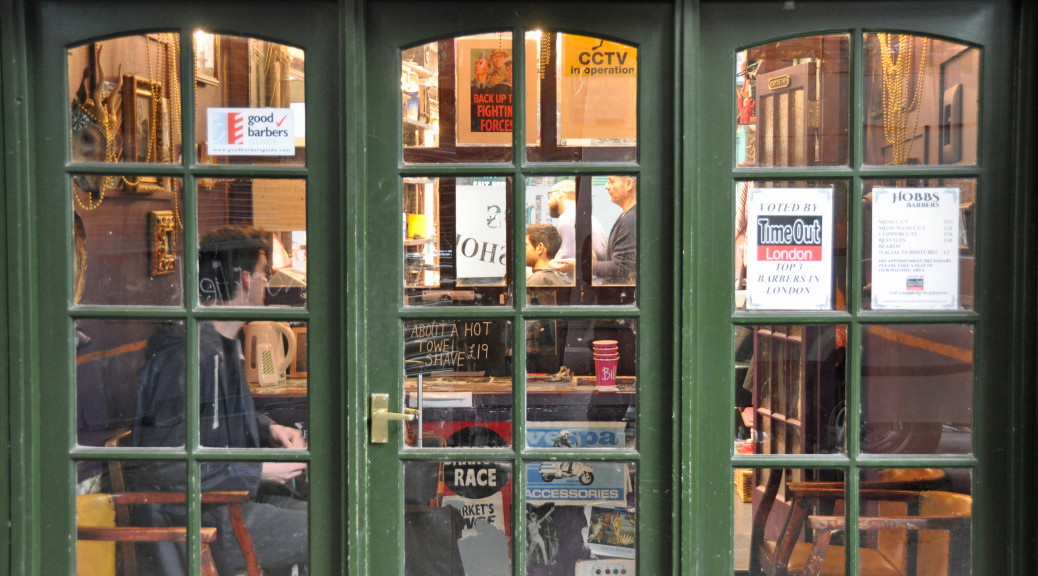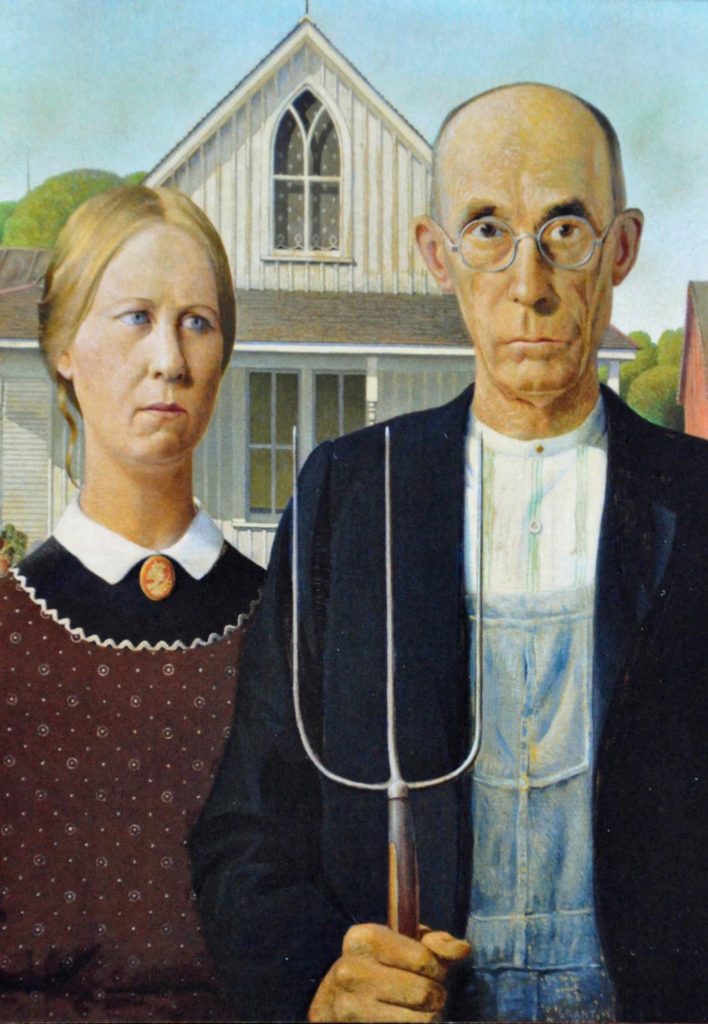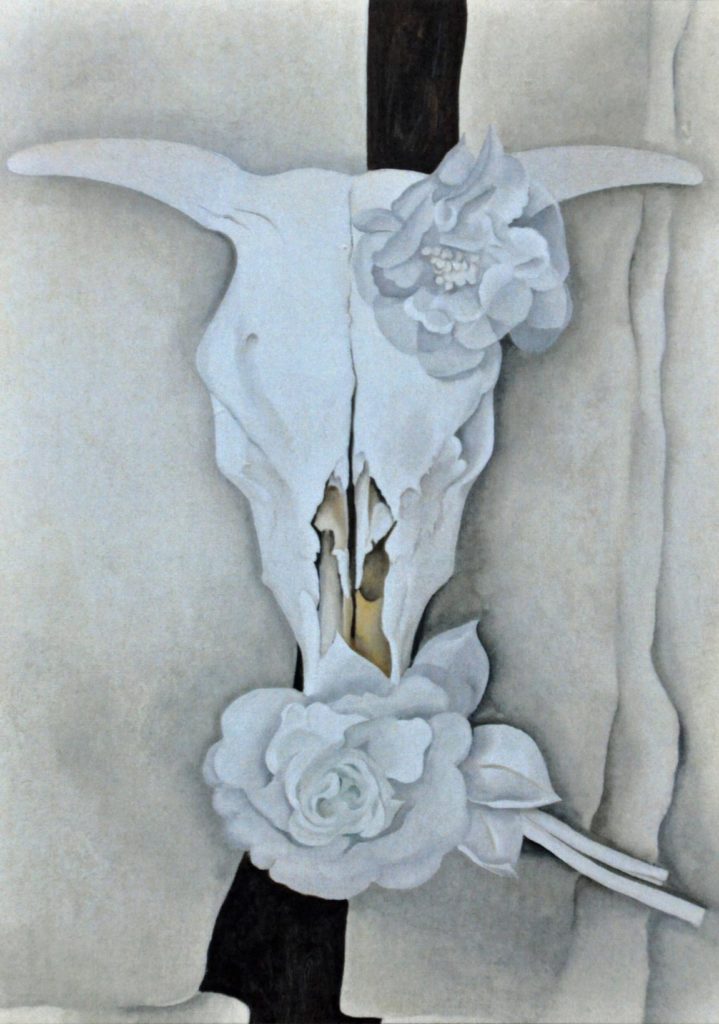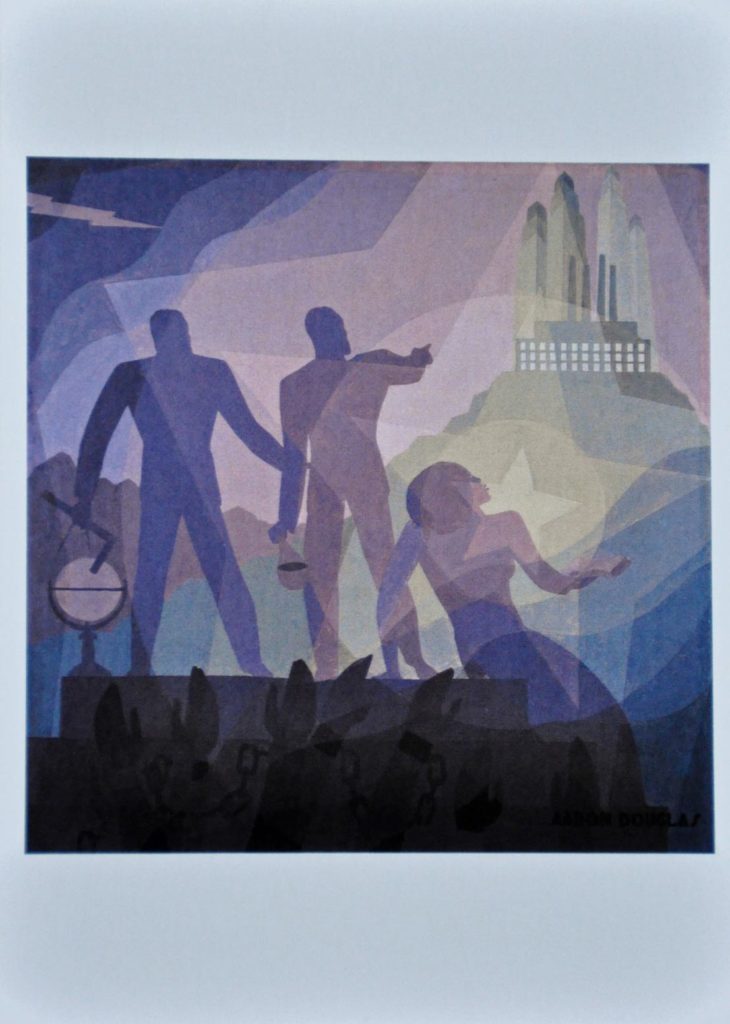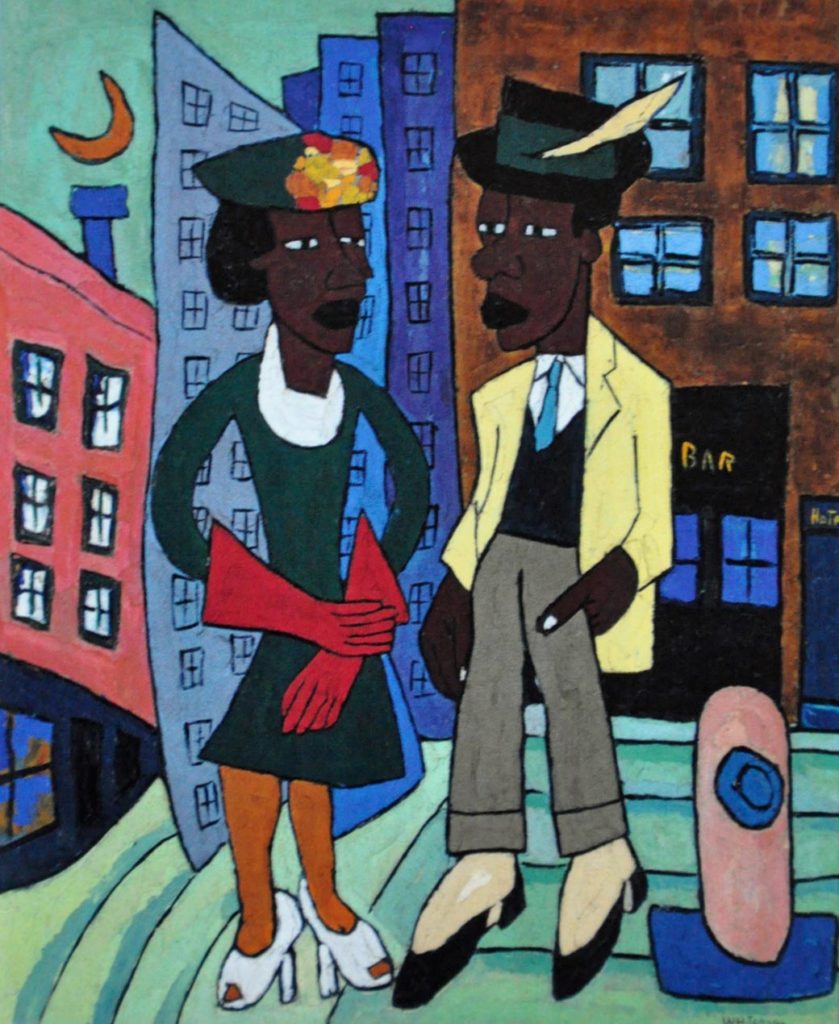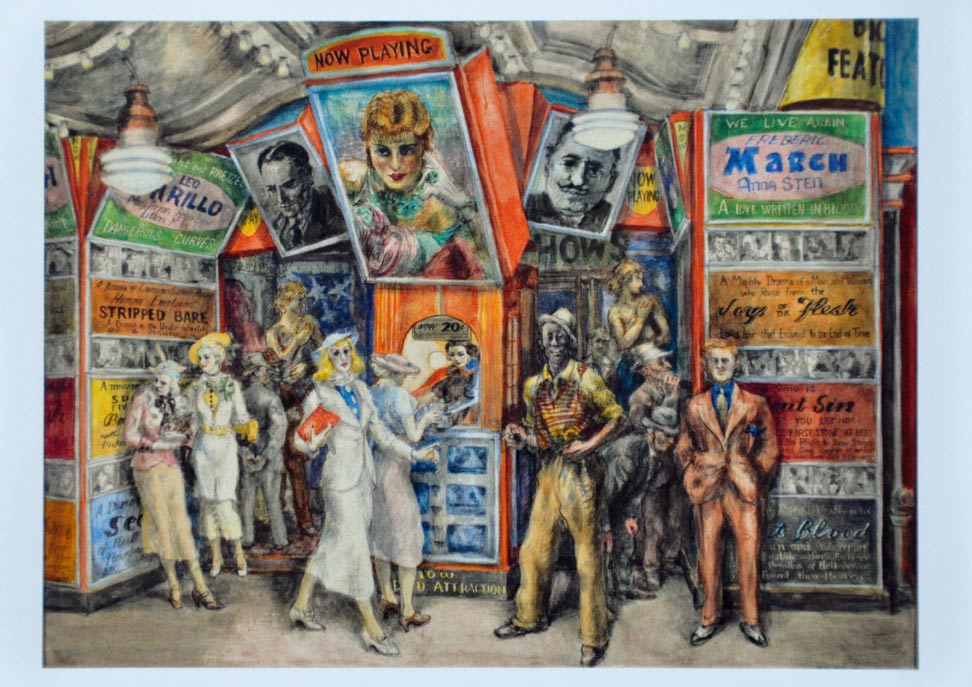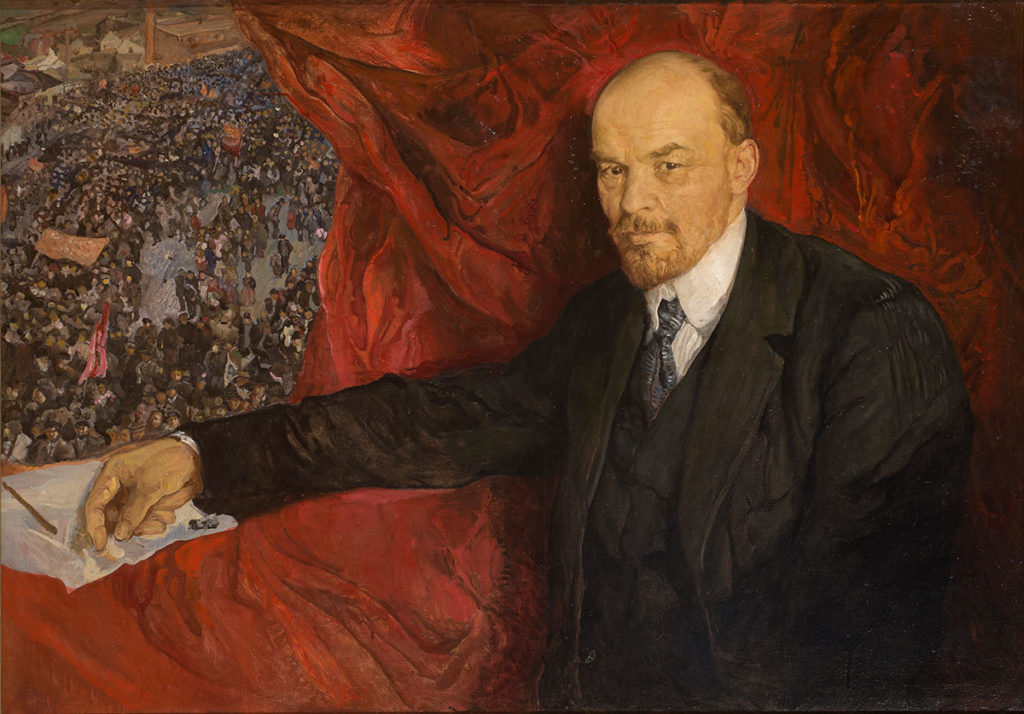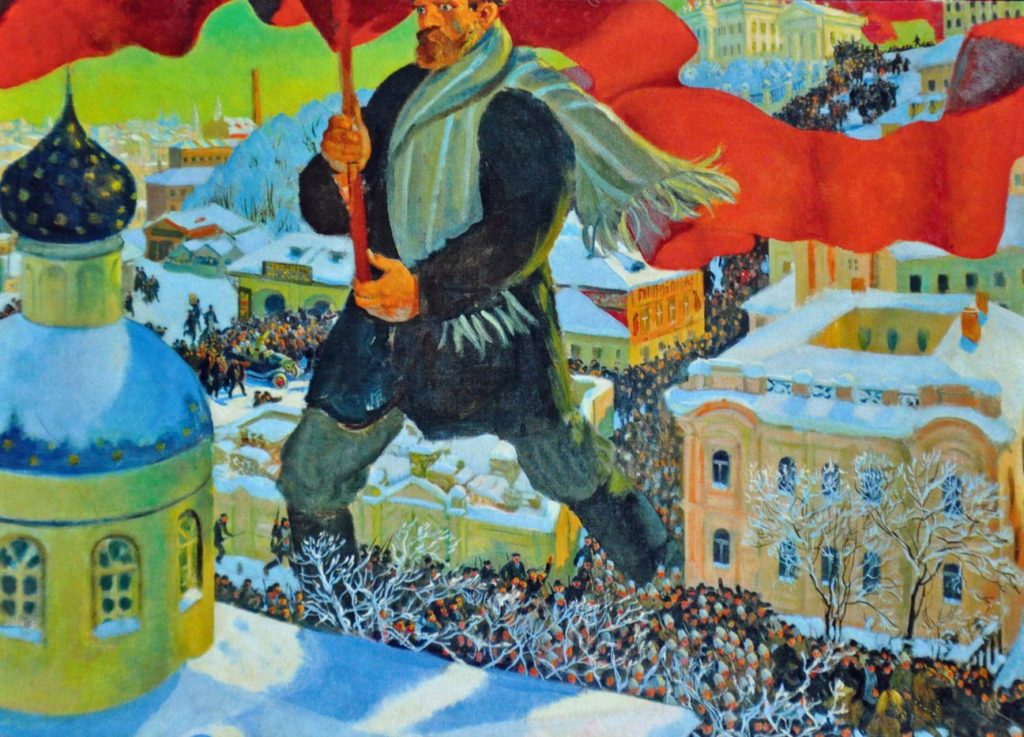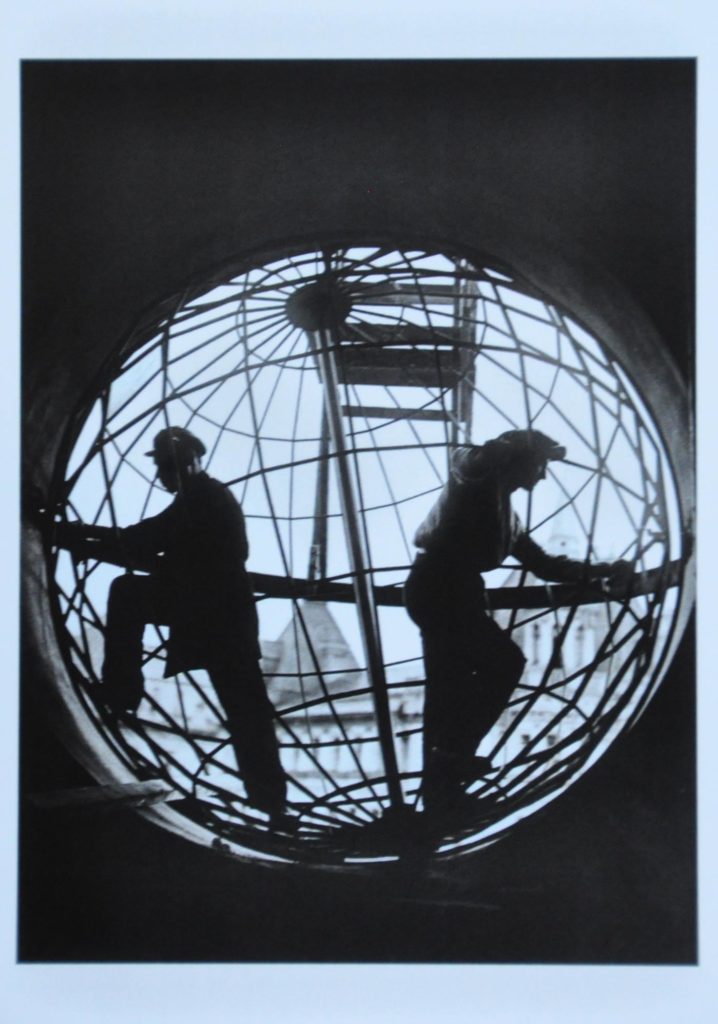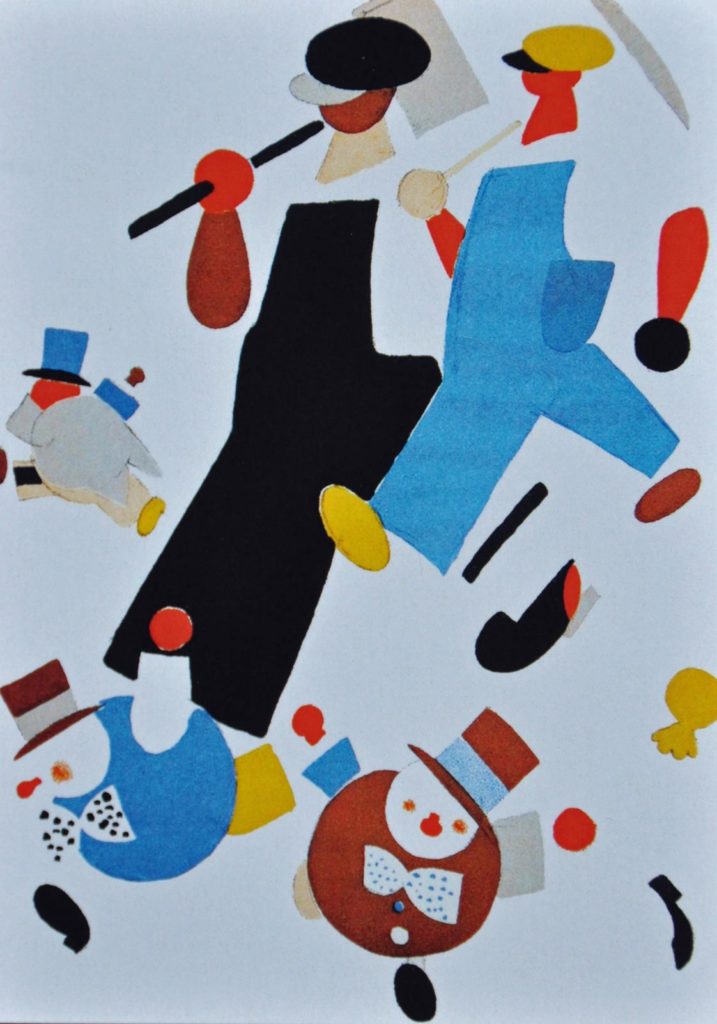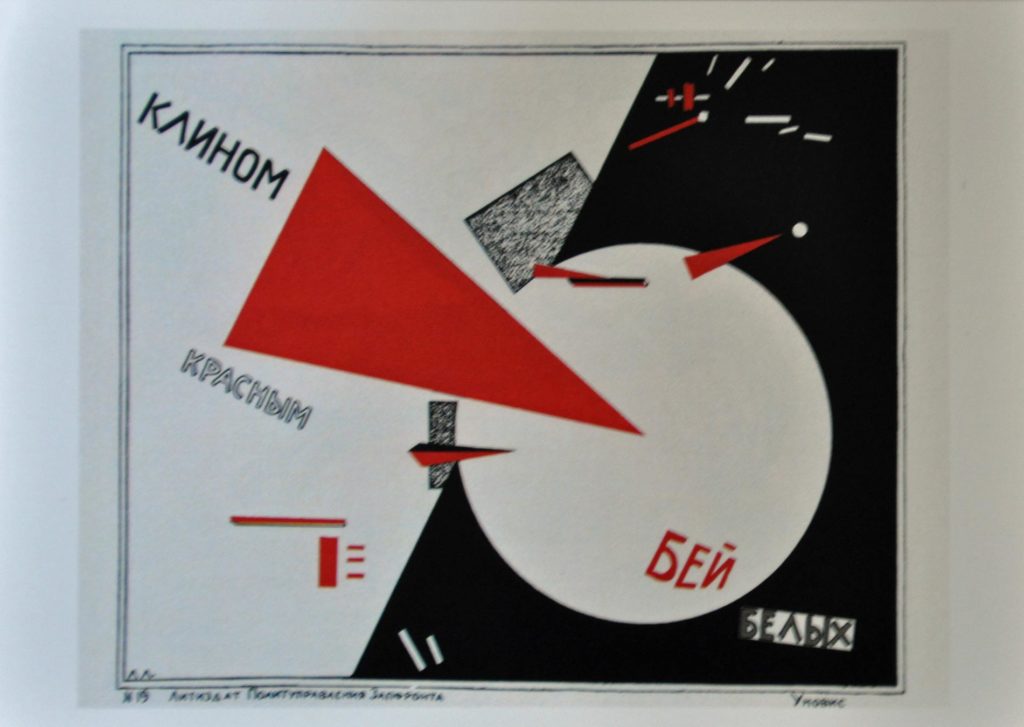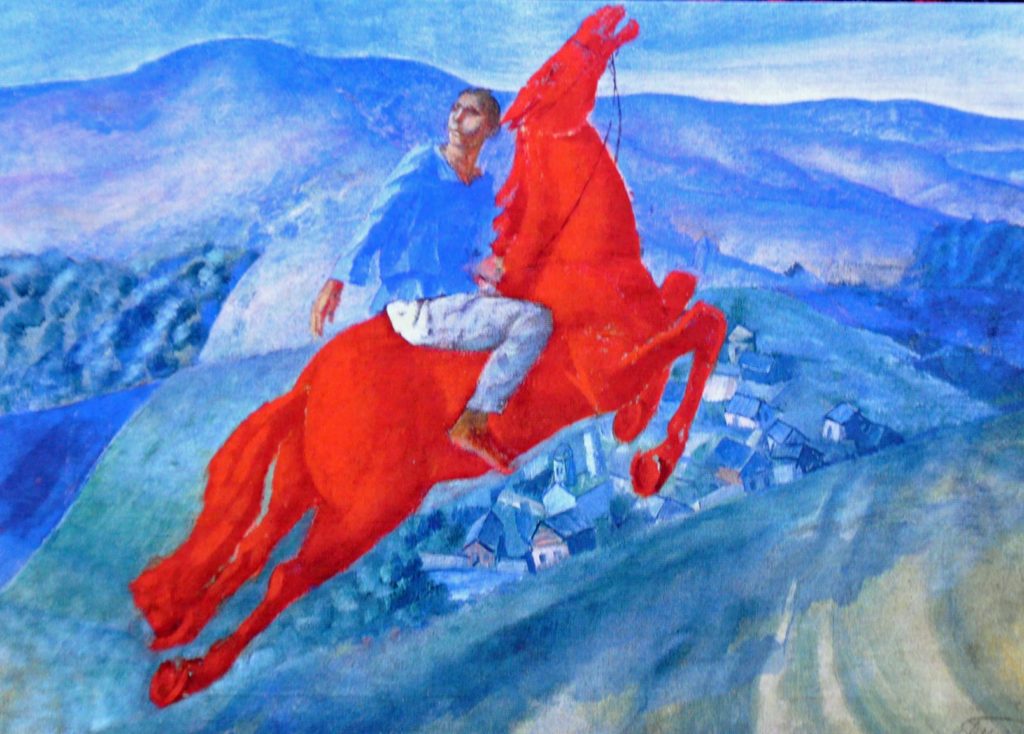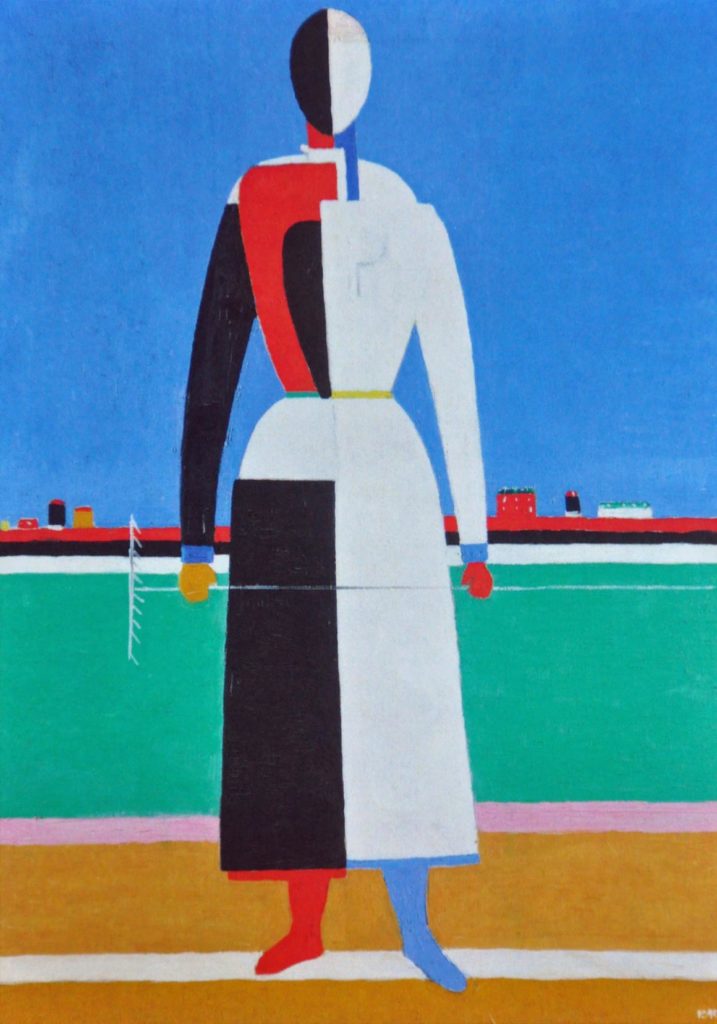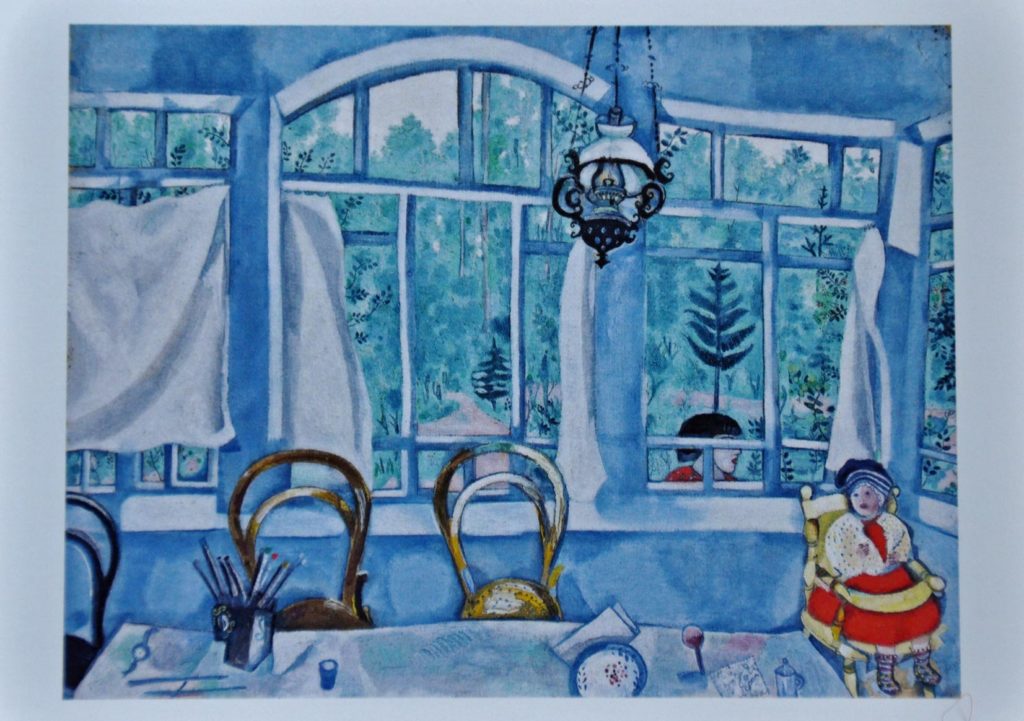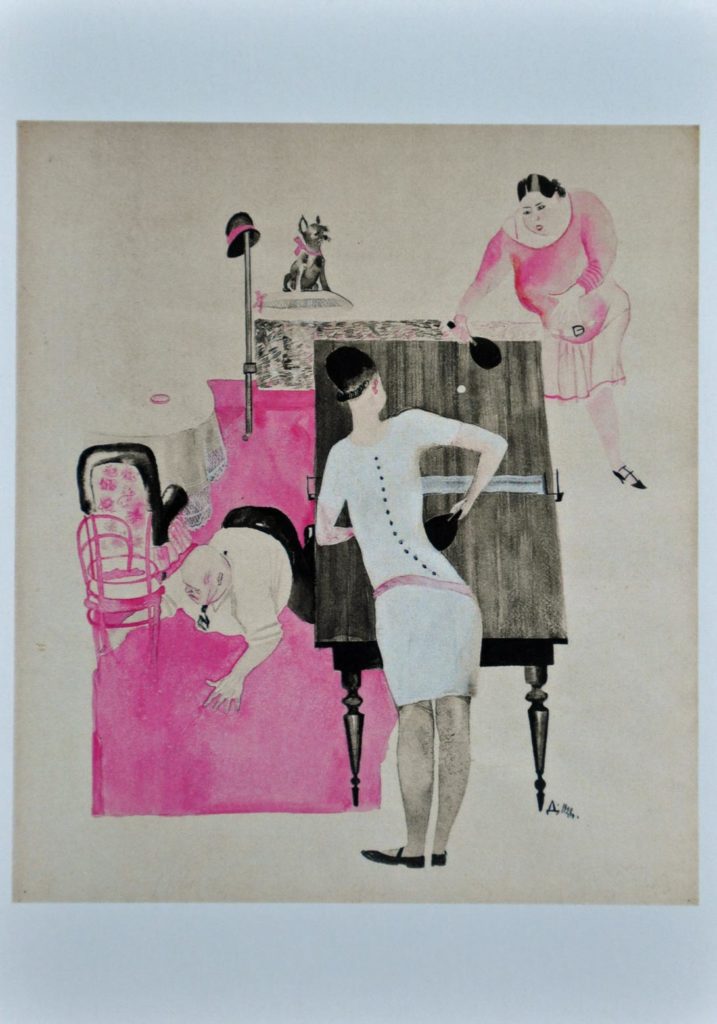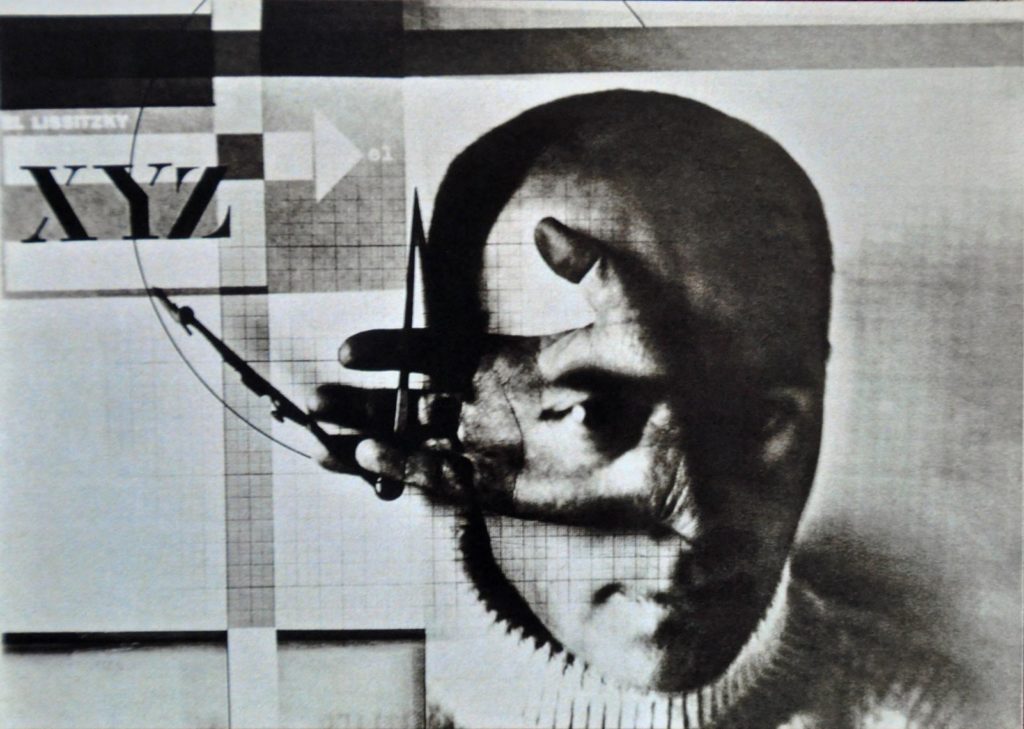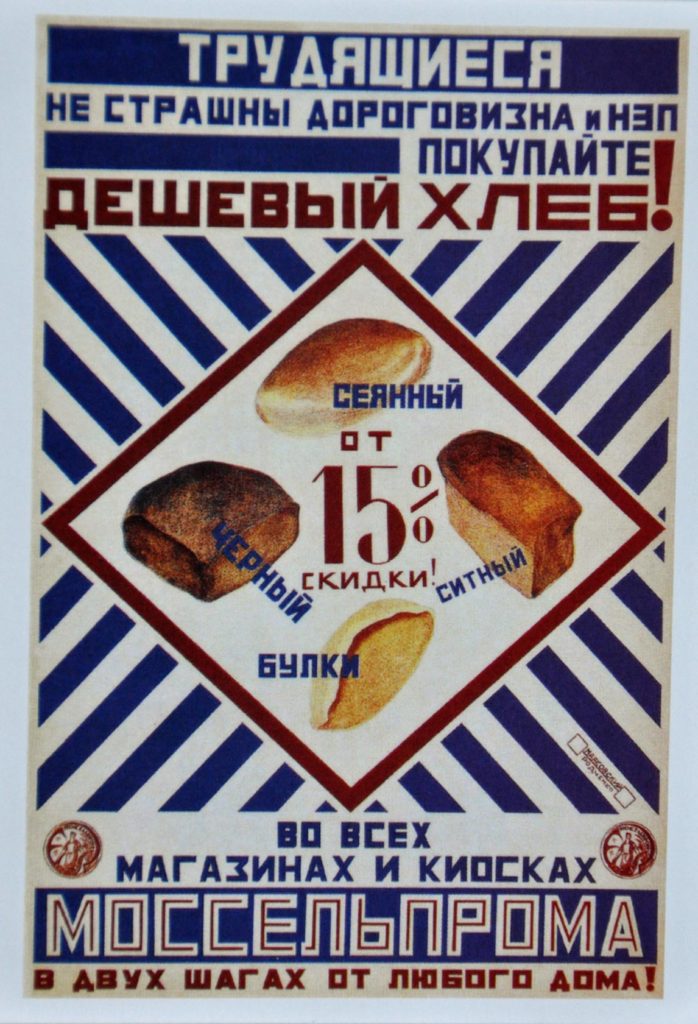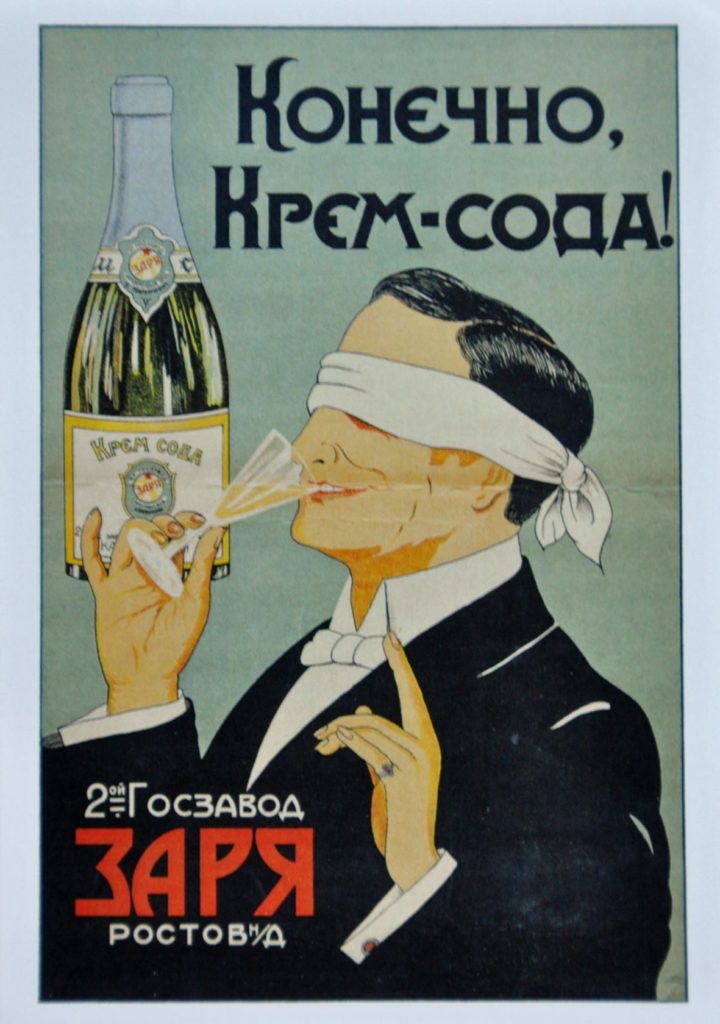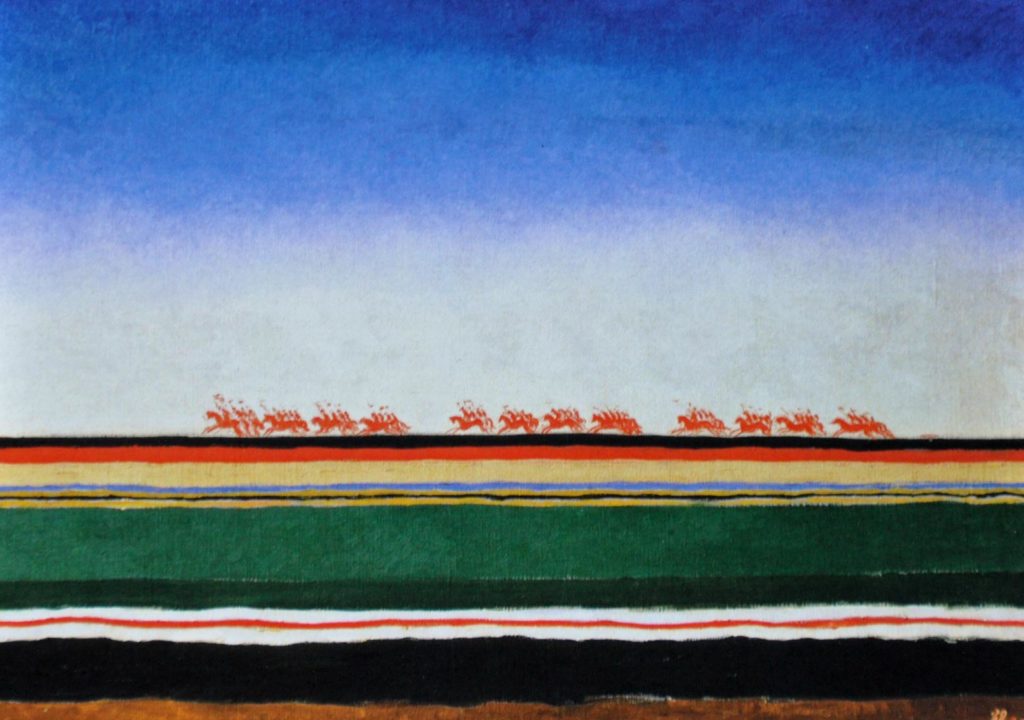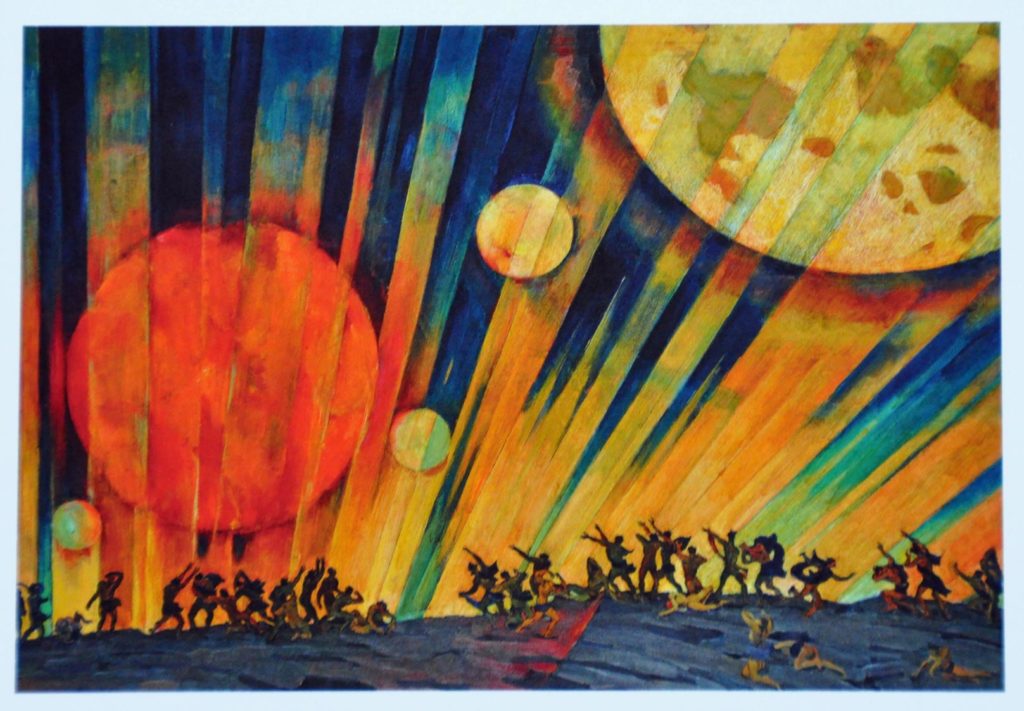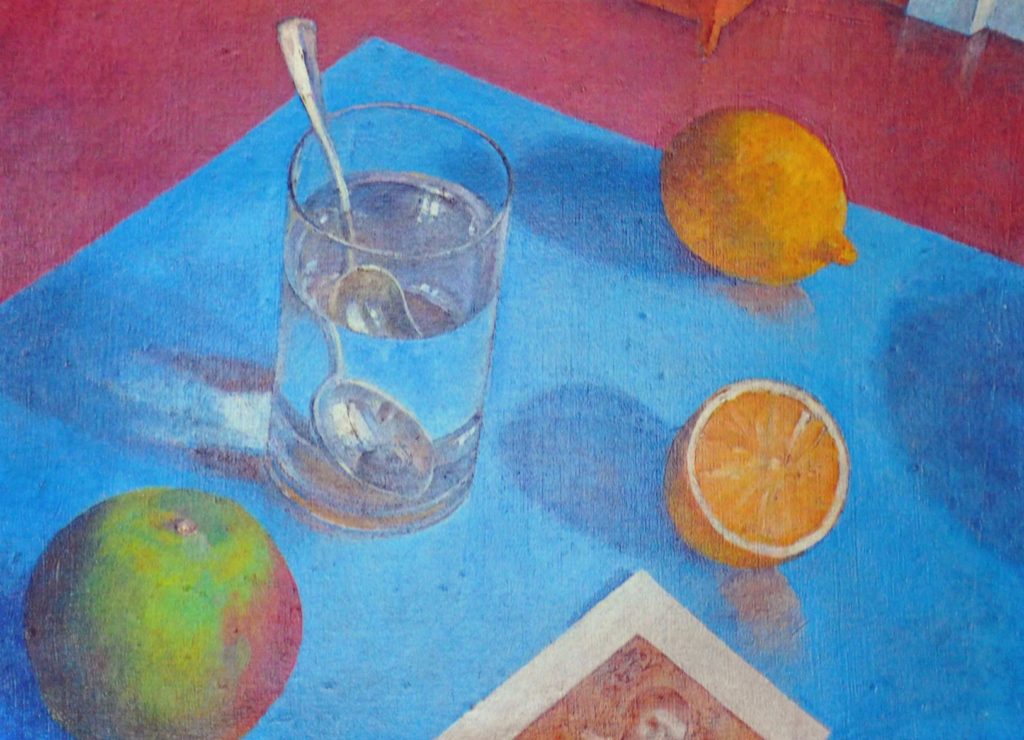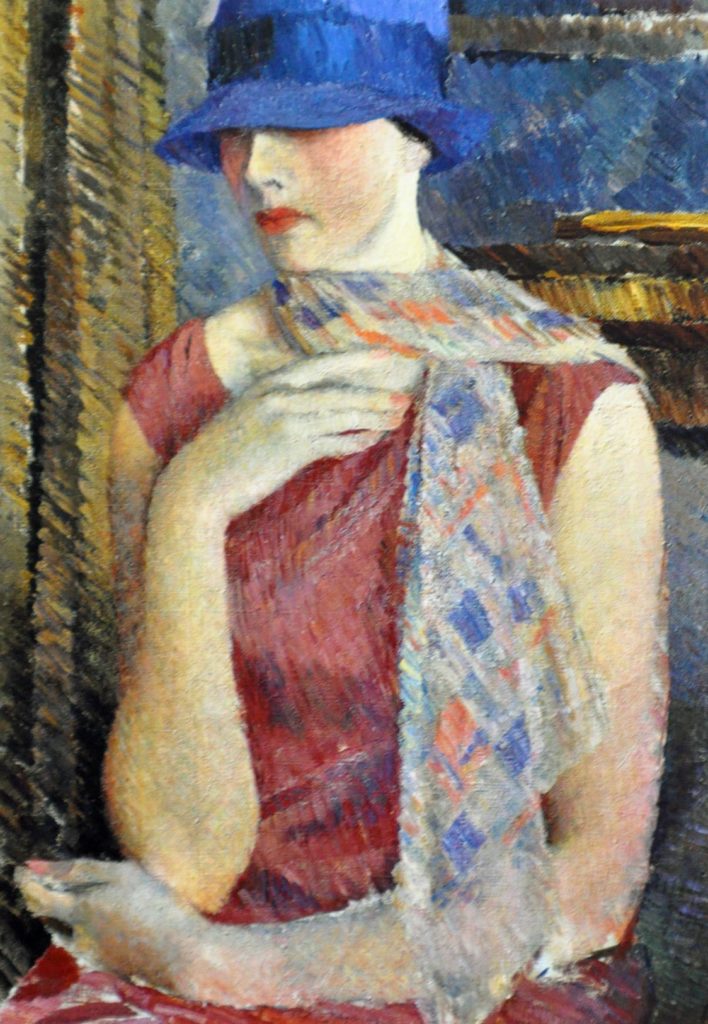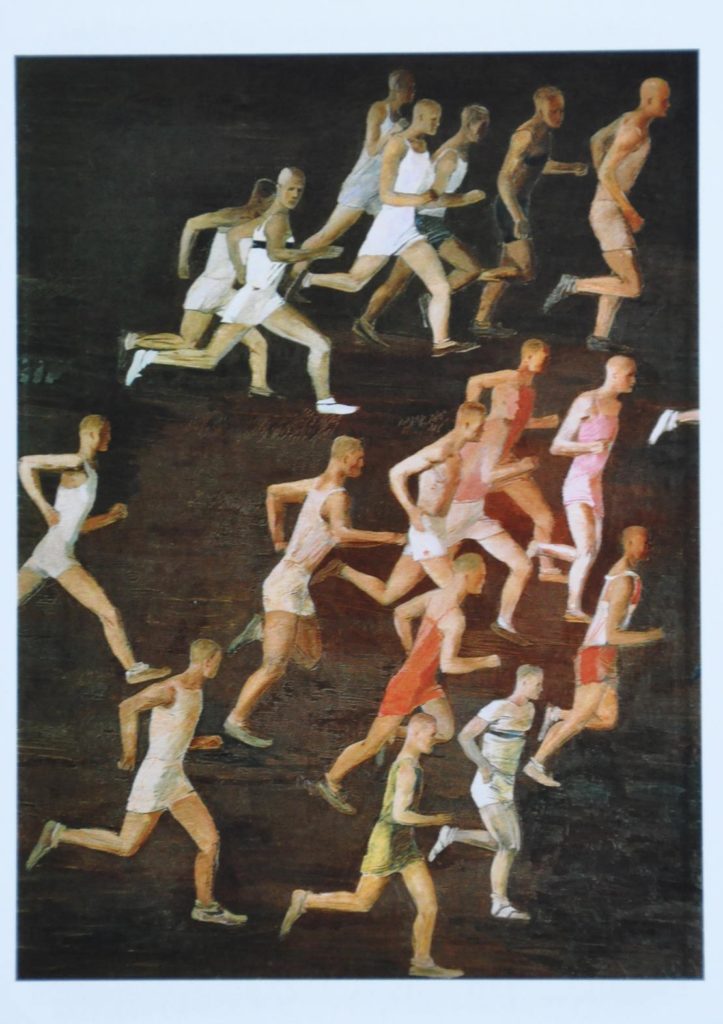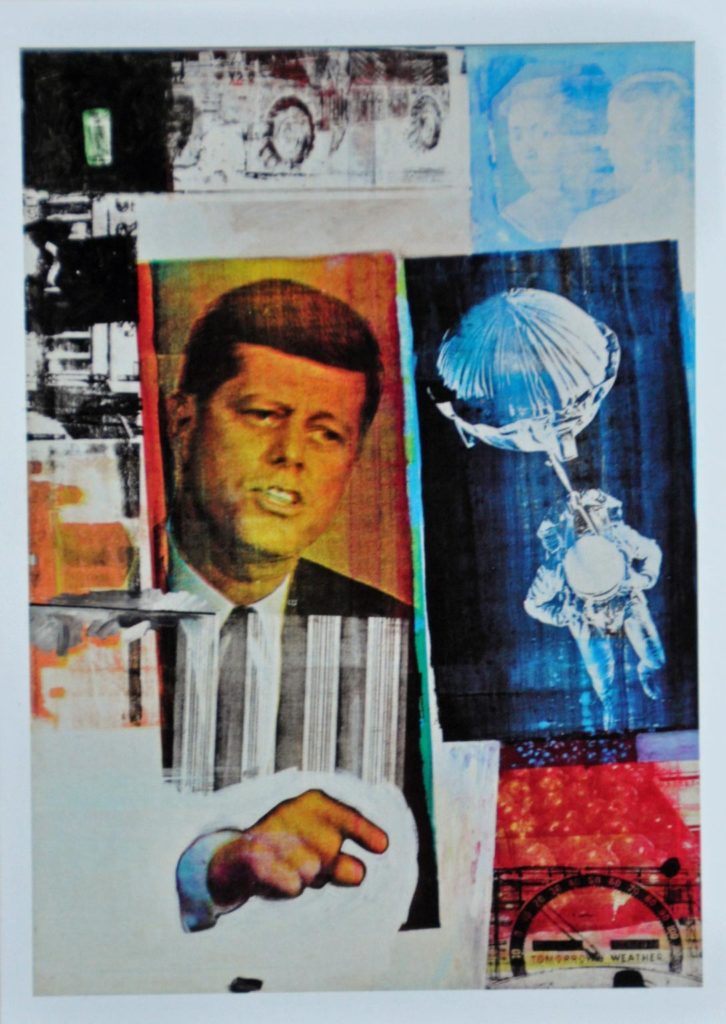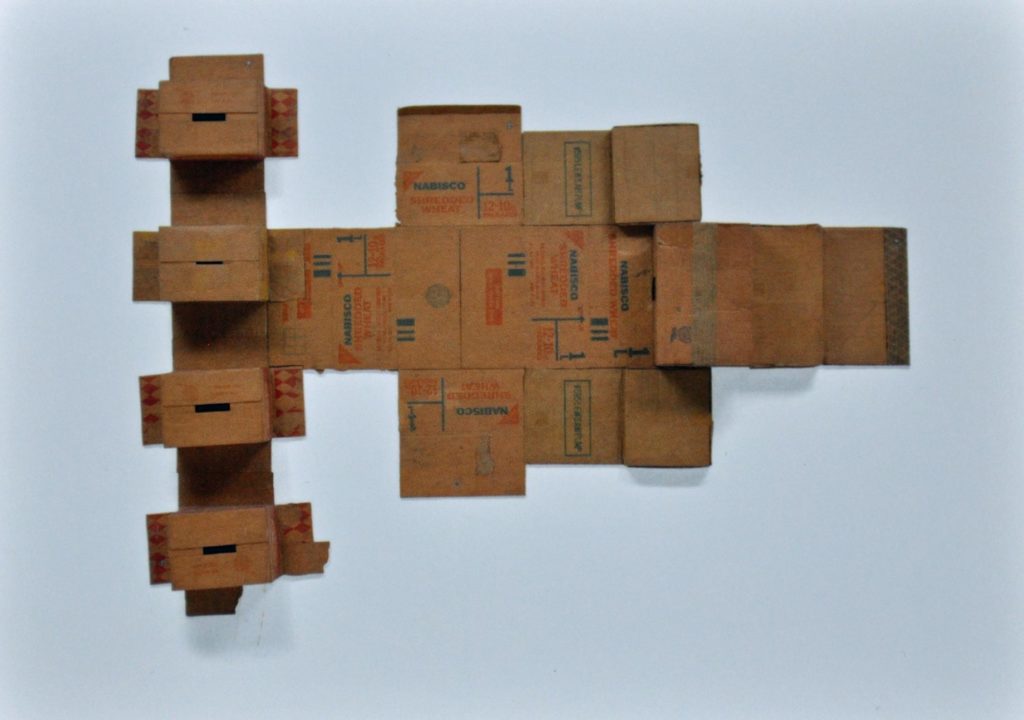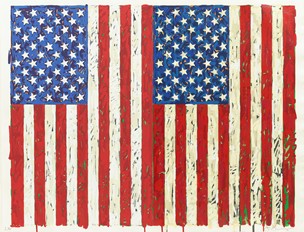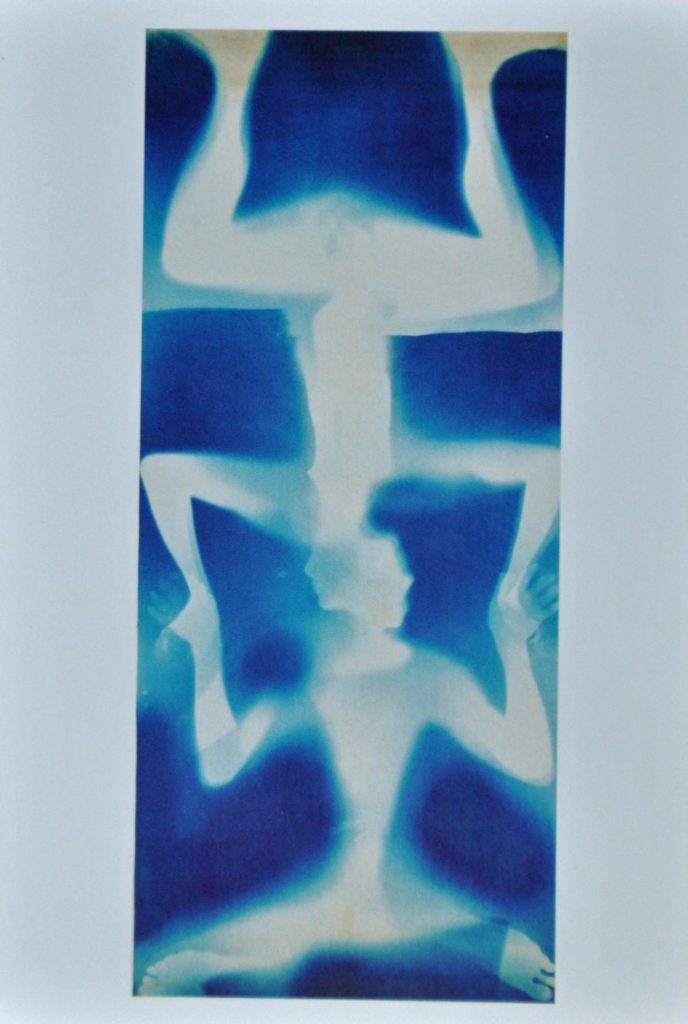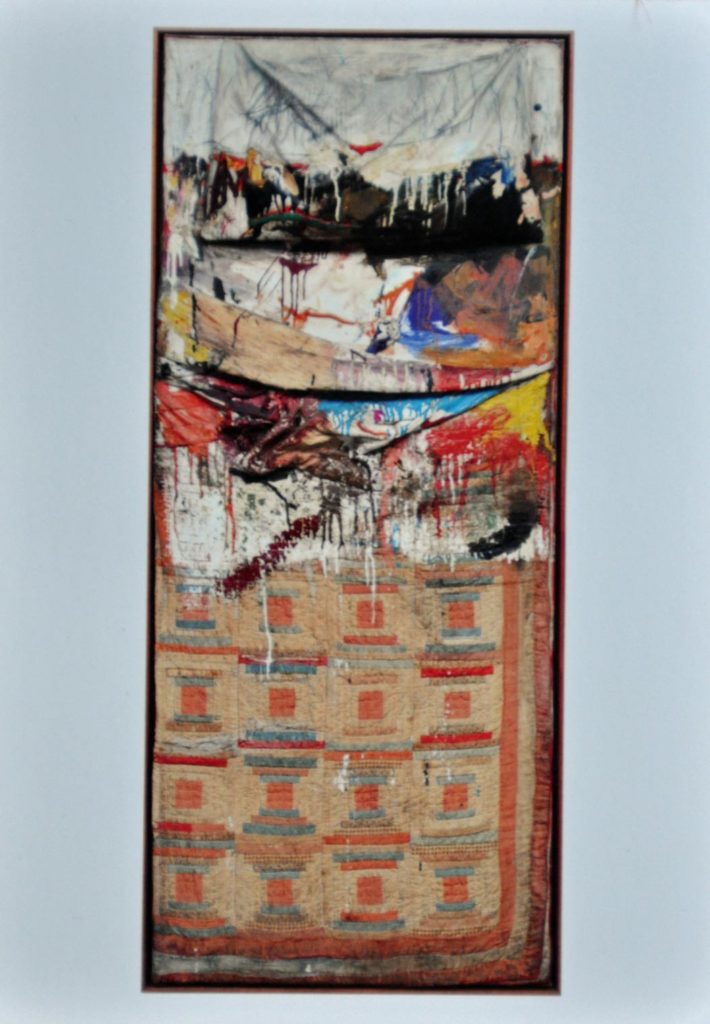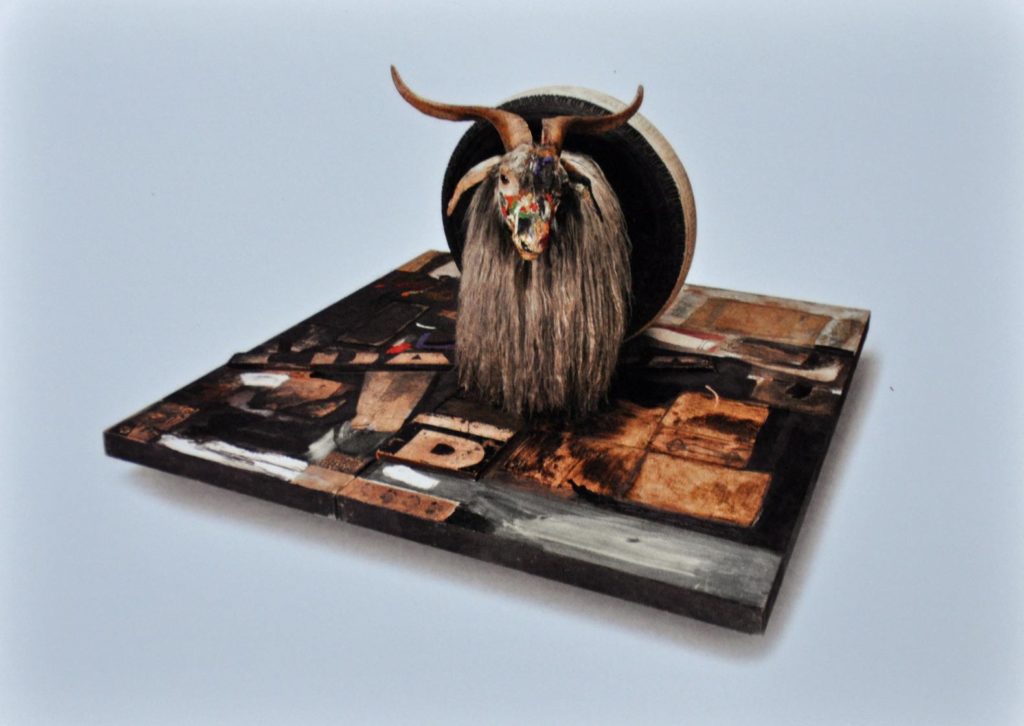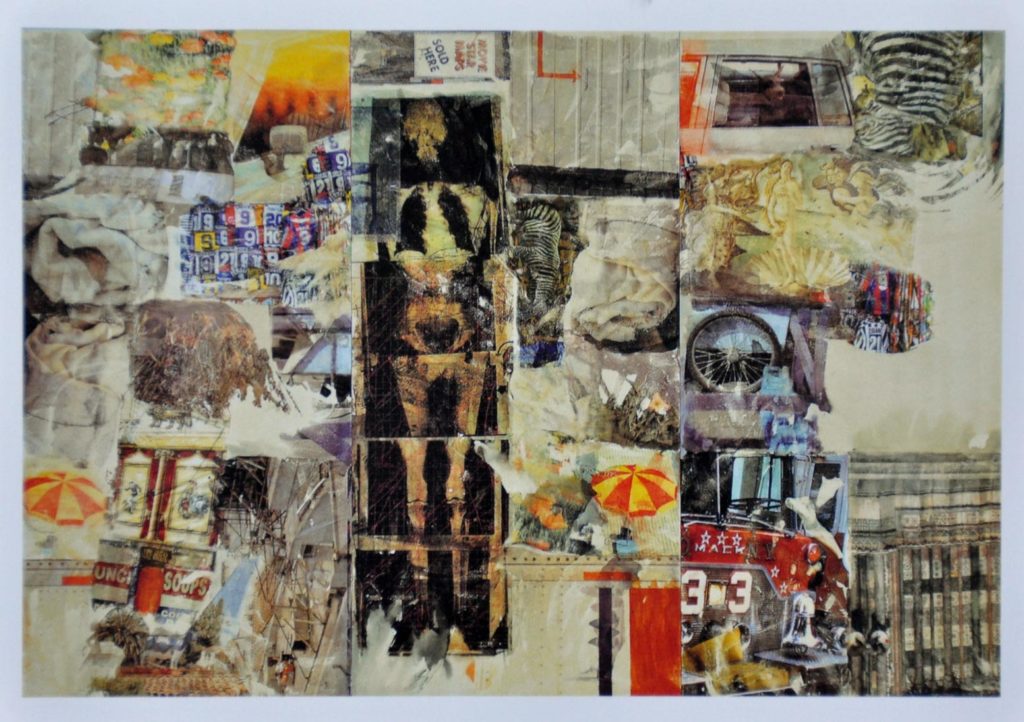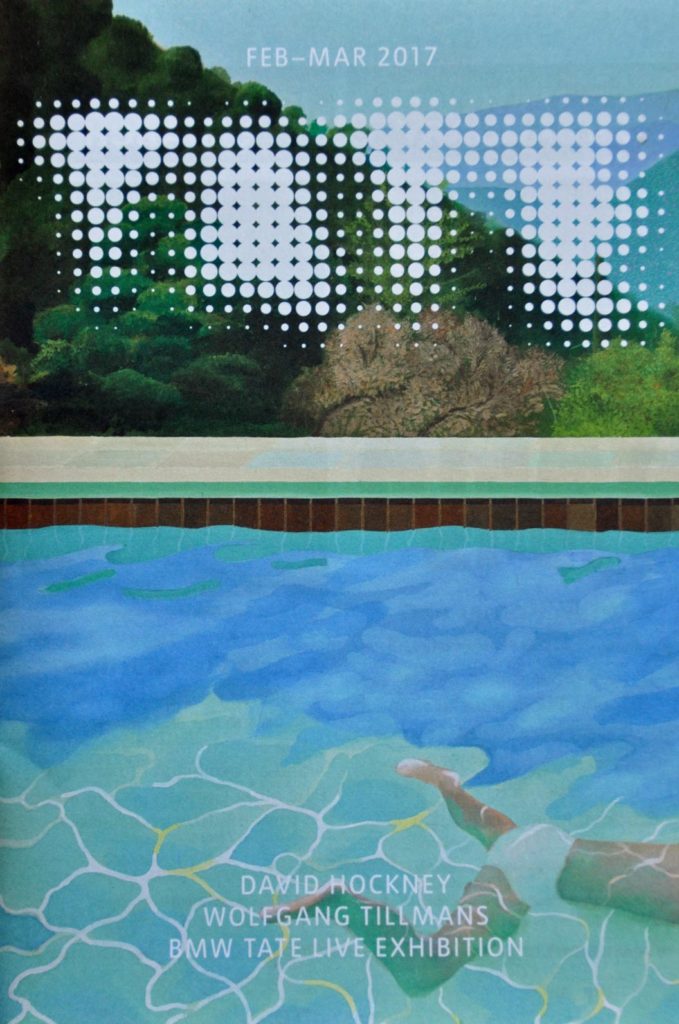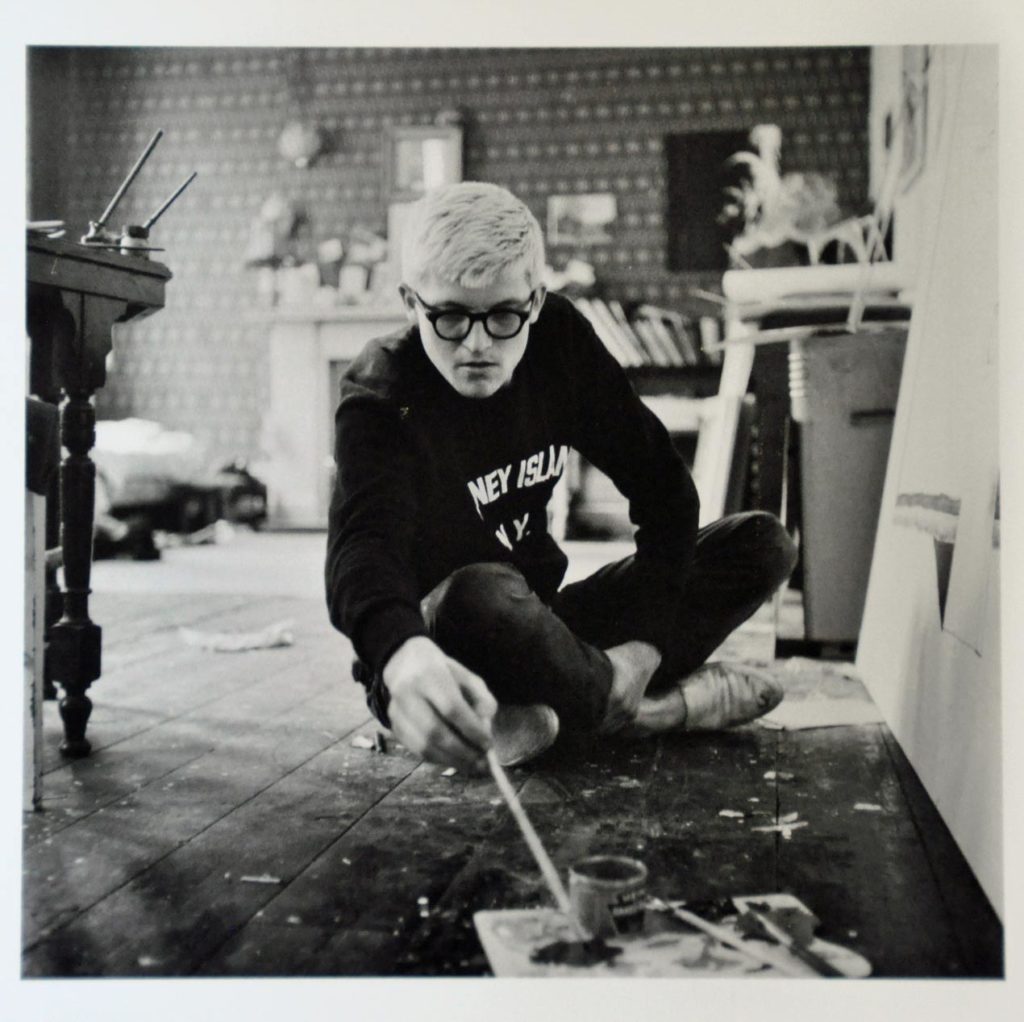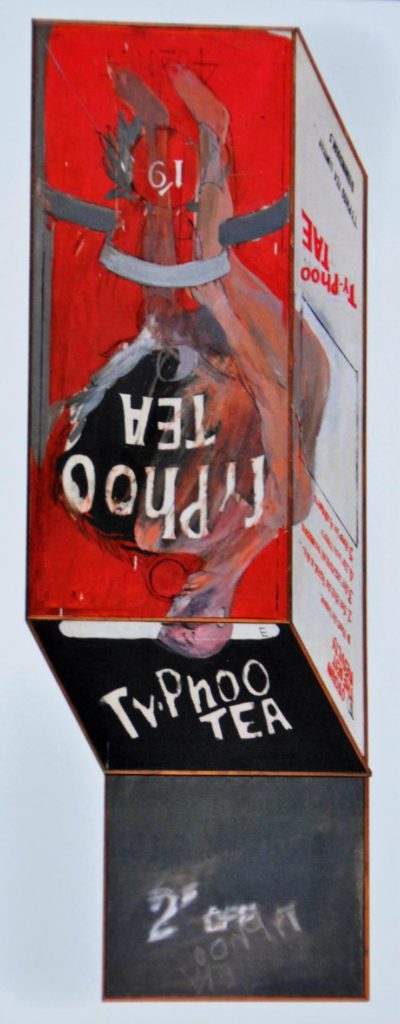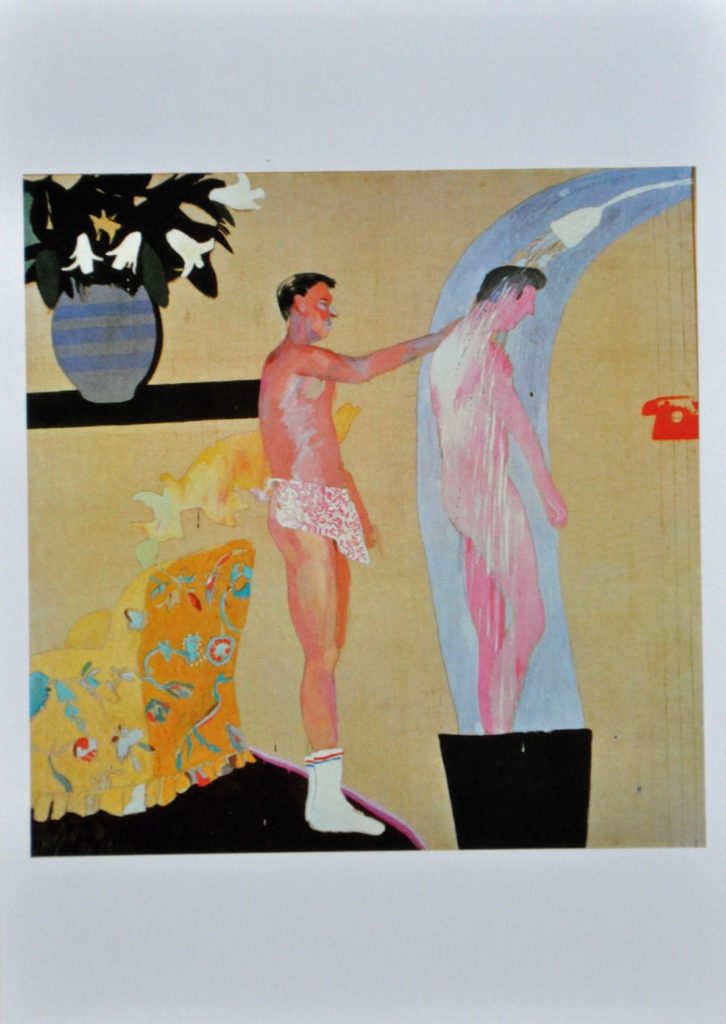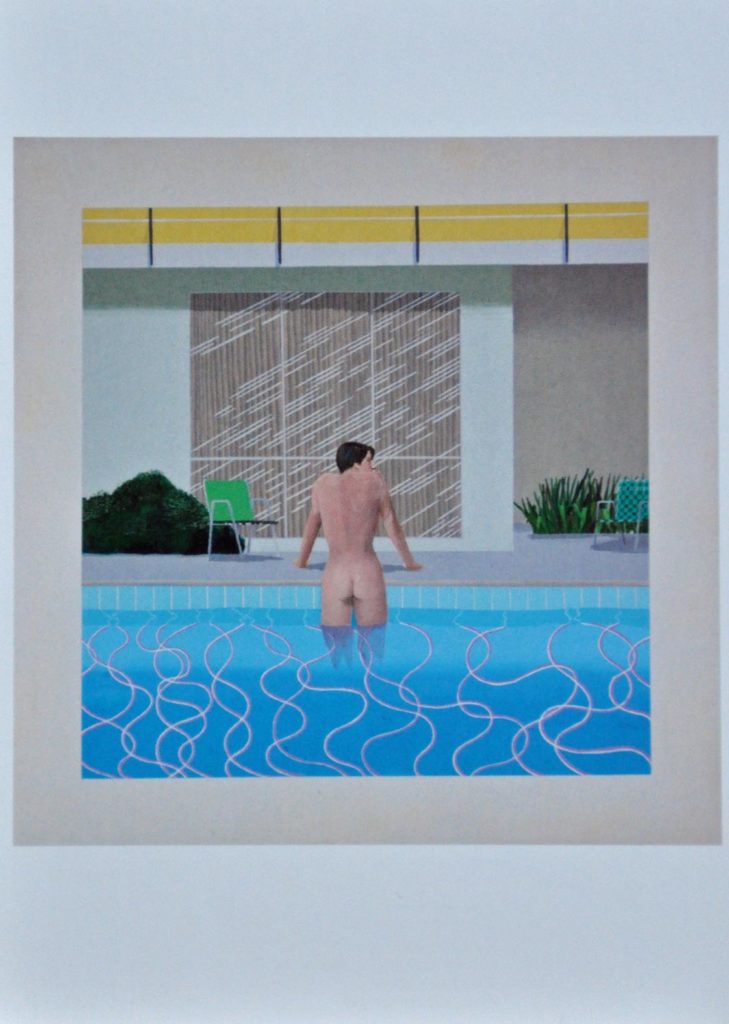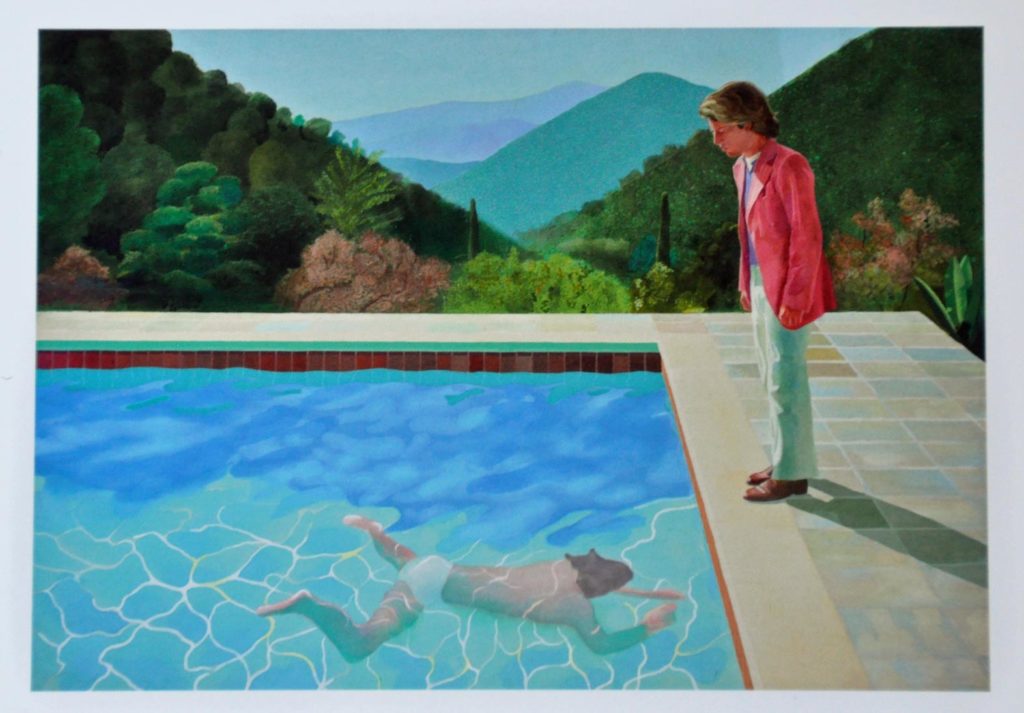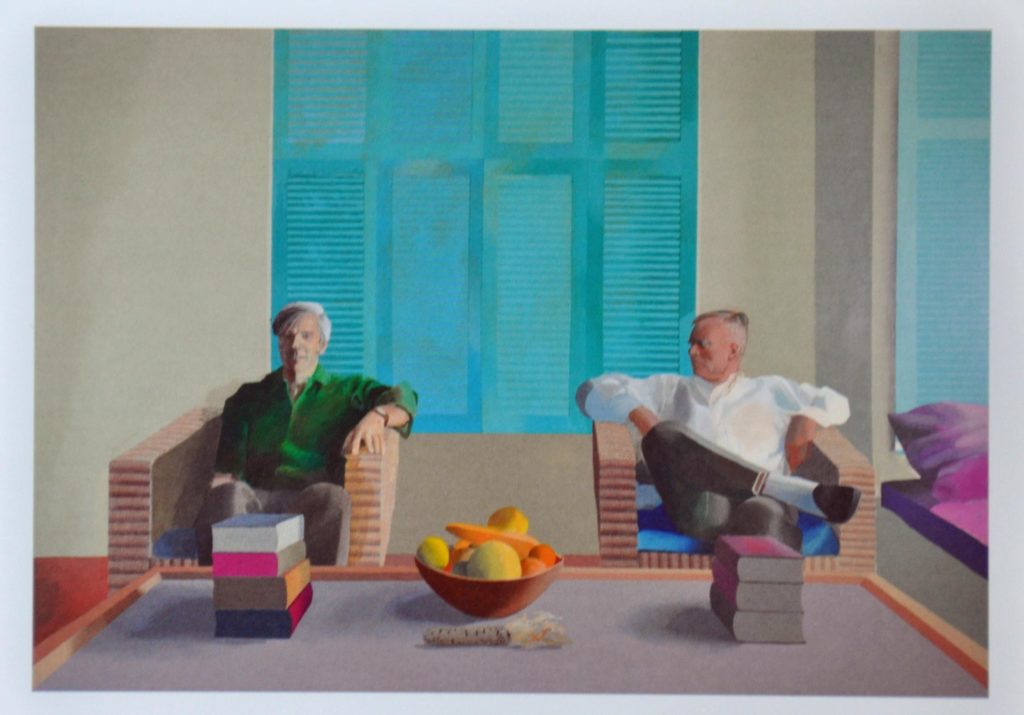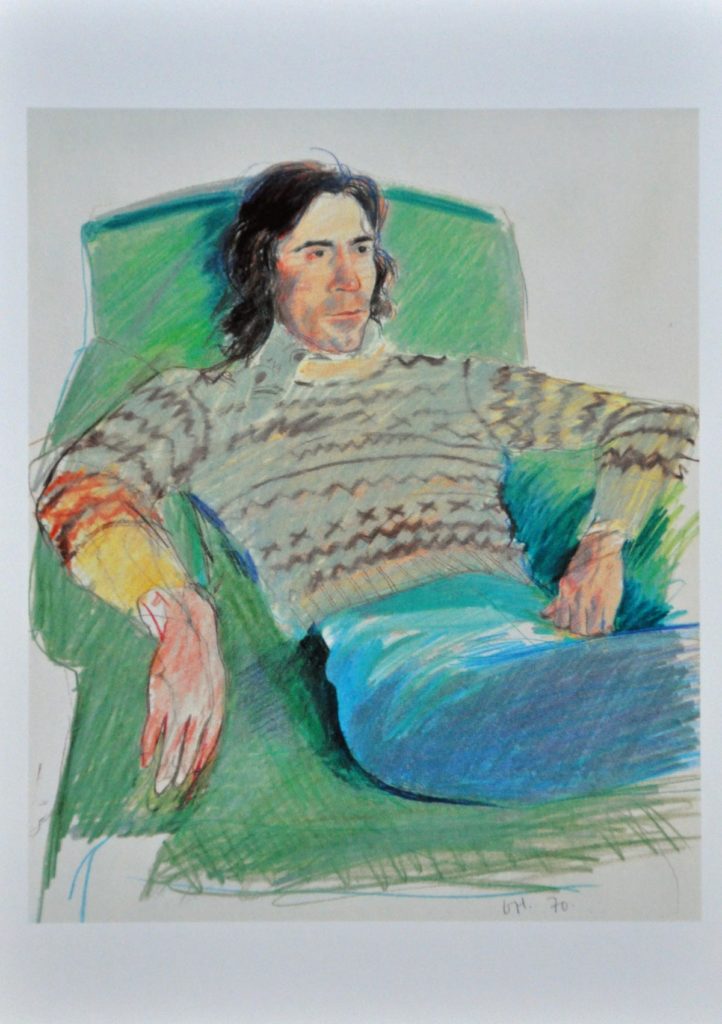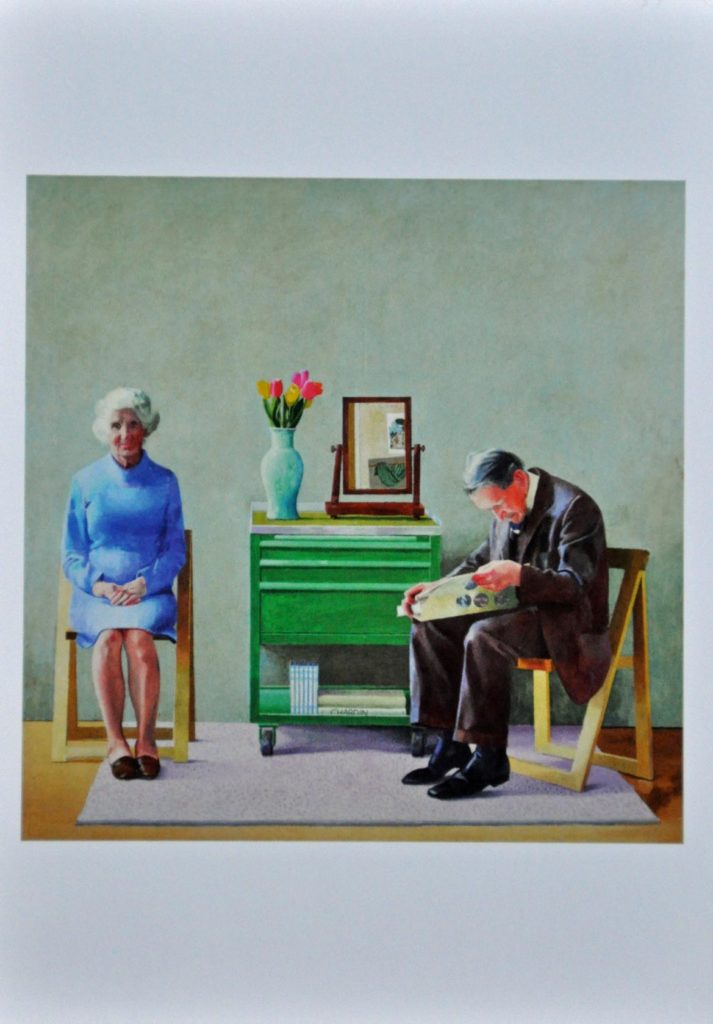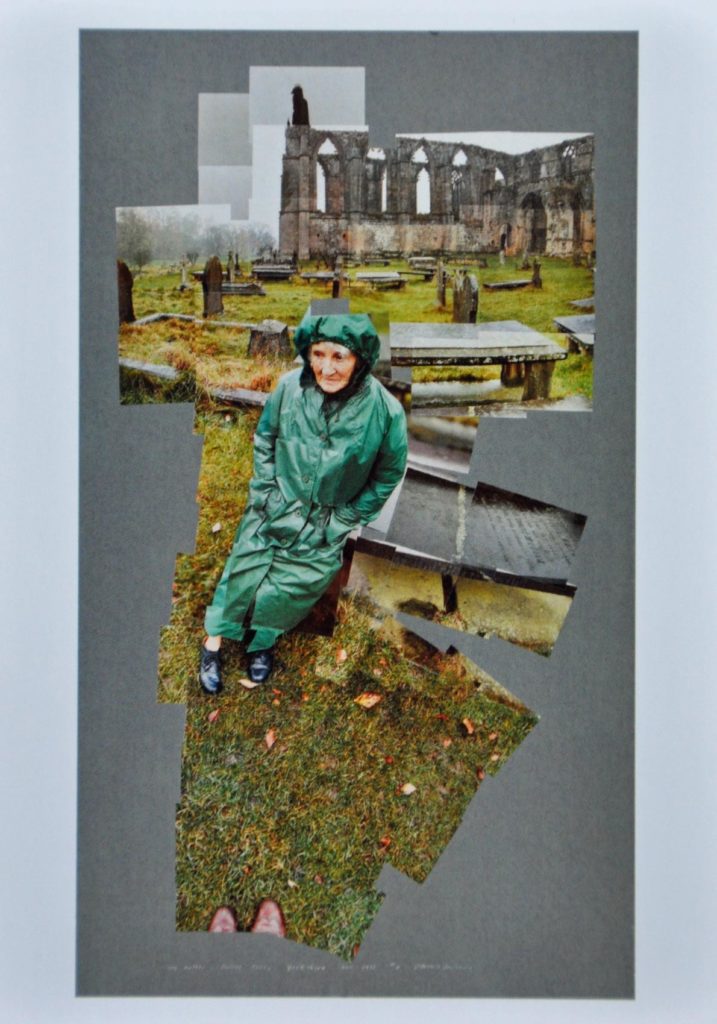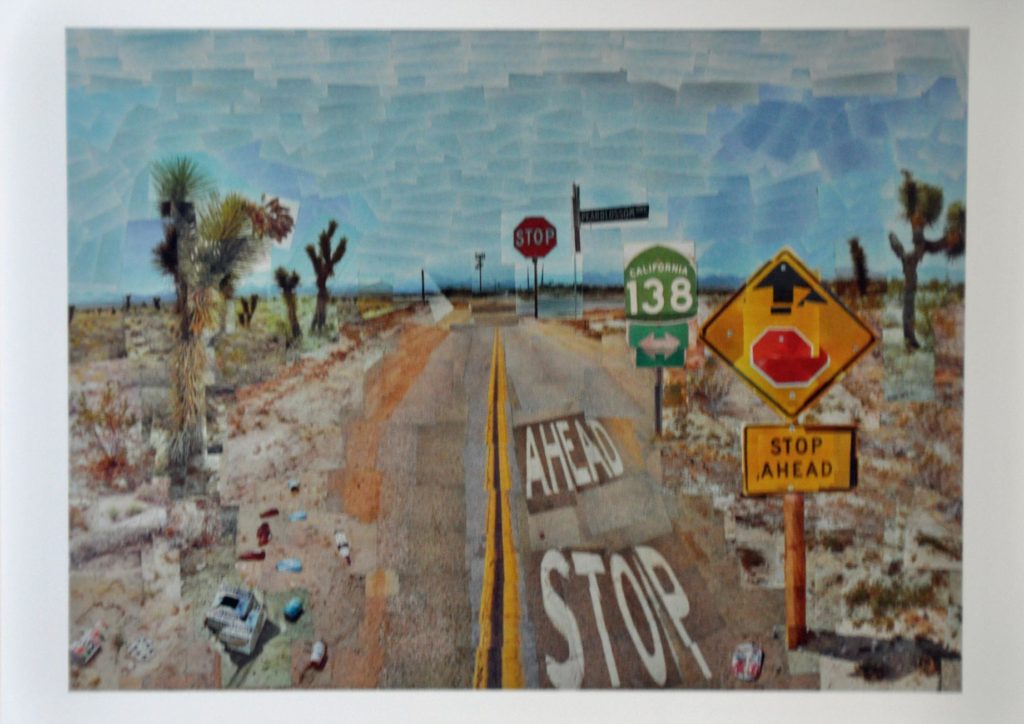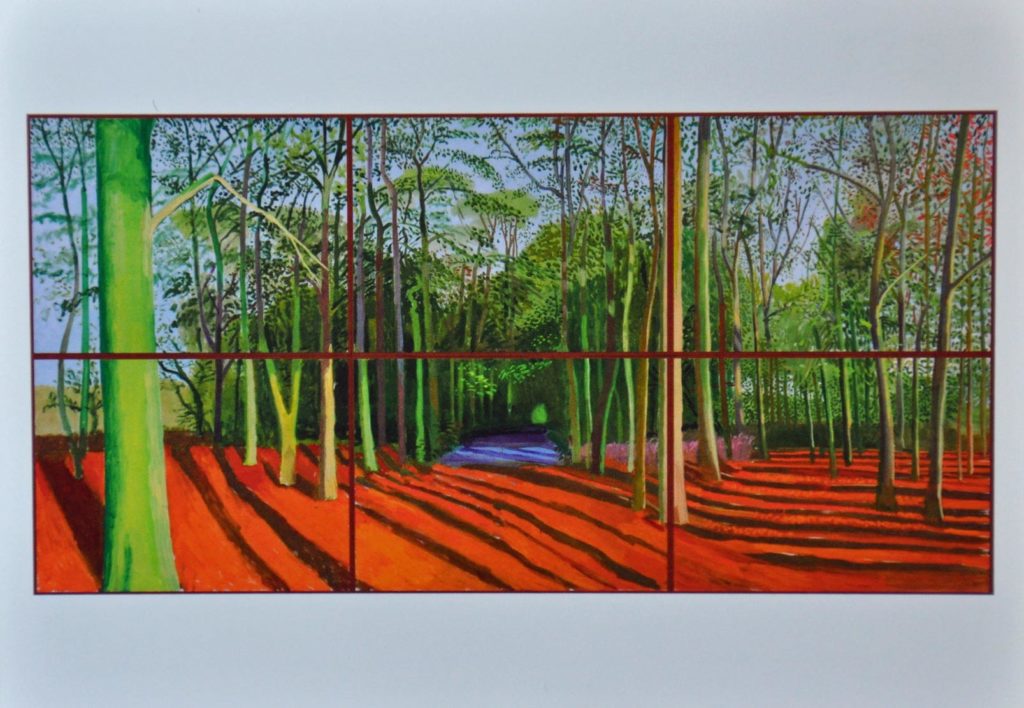Another day and another terrorist attack, this time some guys in a hired van driving through crowds then picking up knives to go for a rampage. 7 dead according to the latest news.
And the thing that really winds me up (and millions of Brits posting on twitter) is the shameless tweeting of the American president, posting and mis-quoting our mayor Sadiq Khan yet again. WTF.
What is his problem? Does he really think that the situation would have been better if those guys had access to semi-automatic guns rather than carving knives? Is he a total nut job? Does he think it is right or reasonable to try to make political gain from peoples dead relatives?
Why did the American newspapers feel a need to describe the UK as “reeling” (thank you NYT) when we’re basically getting on with the show?
To be lectured on violent crime by Americans is just gob-smackingly unreasonable. In the 3 months to March 2017, 6,000 Americans died as a result of gun crime. In the 12 months to March 2017, around 500 Brits died from any crime, including terrorism. Our streets are significantly safer than most. Maybe Americans should consider relocating over here to improve their life expectancy?
To be told we need to arm up our police force when their excellent response meant the whole incident was over almost before it began is just ridiculous. We have no appetite for routinely armed police. No appetite for the kind of routine shooting of civilians by the police that seems to happen in the States. It’s bad enough that the BAME community is stopped and searched disproportionately; no one wants to add guns into the mix.
To be told that we need to close our borders when inevitably the guys involved will turn out to be home-grown British boys disaffected and cut-off from their families and communities just beggars belief.
There is no other way to say this: Donald Trump is a twat, a dick of the first order and by that I mean small and mean-minded.

